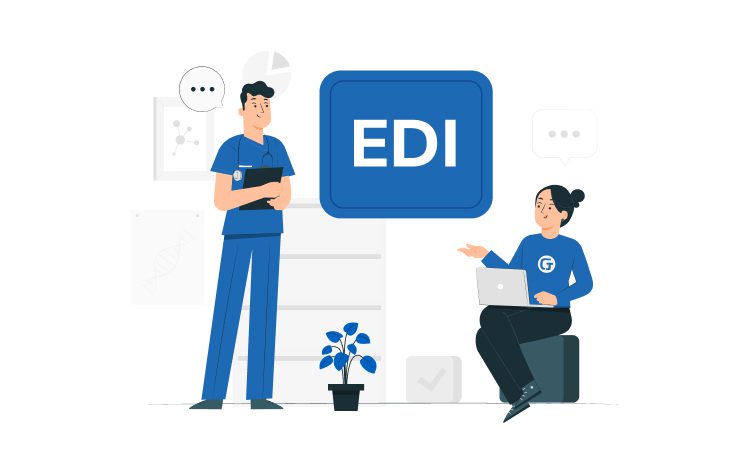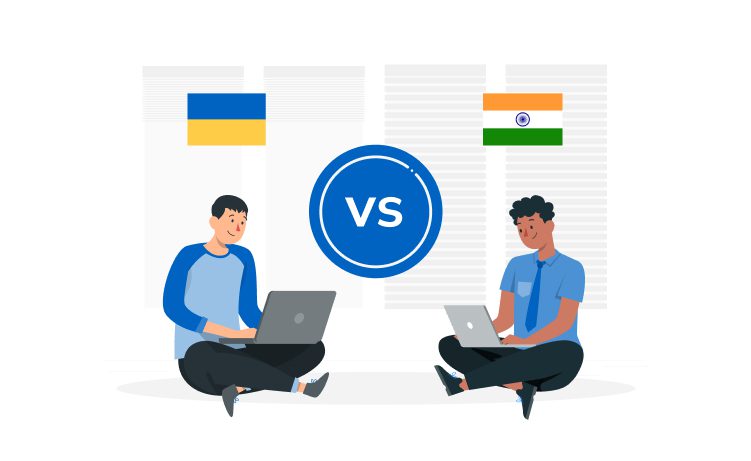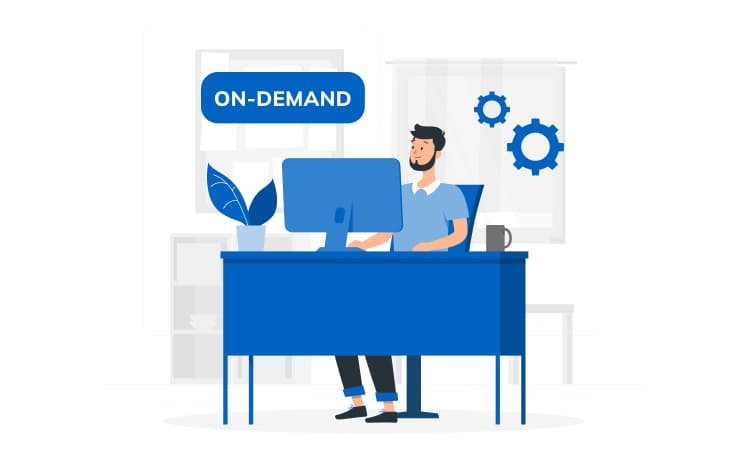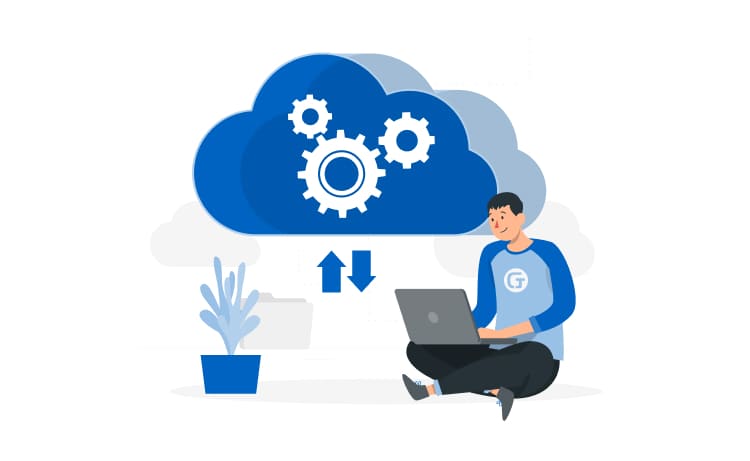
How to Make a Website Like YouTube: A Detailed Guide



Streaming services like TikTok and YouTube are considered trending IT products and named top consumer favorites.
Researchers believe the live video industry will not lose its relevance in the next ten years.
Of course, competing with giants like YouTube is hard. But you can start with a small on-demand video website and develop it. Wait, what if you don’t know how?
Content
A streaming service is a web resource that allows you to stream video on demand. Although this concept is far from the classic one, implying live streaming with a webcam, the very meaning of this kind of app remains the same.
You will find many similar features between YouTube, TikTok, and Vimeo. Namely:

All these platforms work similarly; the only difference may be in functionality, the technical stack, or the types of content. They also share a common focus on employing various techniques to improve streaming quality, including using an HLS encoder for smoother delivery and enhanced video clarity.
YouTube combines several types of content on a single platform. TikTok is aimed at live streaming and creating short videos. Vimeo, like YouTube, offers users access to live streaming or content stored in the cloud.
It is possible to implement everything at once, but there is little point in doing so.
Do you want to launch a successful project? Reject plagiarism! Some of the functions will duplicate the available digital products. But there is no need to copy the design, interface, or technical stack.
In 2025, one who can offer users something unique and necessary wins. The situation with streaming services is similar.
To begin with, you need a detailed analysis of ready-to-use solutions, preferably the flagships of the market:

Determine which components make up the platforms and what they have in common regarding functionality and design. Do not discard the marketing elements because it is thanks to them that these products have become popular.
Do you think of mixing all these platforms? We do not advise it. These platforms are fundamentally different in their purpose. YouTube, for example, is for sharing videos with 5 minutes or more duration, while
TikTok focuses on short videos up to 30 seconds.
Start from the beginning. Develop your core digital product and then base your large-scale platform on it.
A typical service will have a basic set of features, including a user profile and access to creating and posting content.
Modern platforms offer much broader functionality with flexible editors, filters, or effects. You will need these features later, too, but not at the point of MVP release.
Let’s highlight five critical features; the video streaming platform’s foundation.
The system of accounts allows you to use the capabilities of the web resource effectively. For example:
You need to differentiate access rights to content, monetize and control actions. It should be part of the platform as early as possible, so include it in the MVP release.
The control panel is essential for handling content both for the author and users. It allows content providers to:
It allows viewers to:
Implement an administrator panel for content moderation. When tens of thousands of videos upload to the platform, about 90% of the low quality, uncensored, or fraudulent, you want to monitor the flow. Otherwise, you risk having problems with the law and users.
Later you can implement automatic moderation, but at the MVP stage, it is not cost-effective.
The commenting and direct communication between authors and users distinguishes YouTube from video-on-demand platforms. For a streaming service, communication is as important as the content itself.
At the MVP stage, you should be able to comment and give content positive or negative ratings. It allows users to communicate, participate in the platform and share their impressions about the content. As YouTube shows, it positively affects consumer engagement and interest.
Did you know that even on YouTube, it is sometimes difficult to find content by specific criteria? When developing a new platform, implement a content filtering system right away.
Add a unique identifier to each video that will tie it with:
This way, user can narrow their search by well-defined parameters and see only relevant results.
Hashtags, which allow you to sort videos by phrases or words, use the same system.
Streaming platforms with content filters are more convenient and in demand on the market than filter-less competitors.
Since the platform works as a hub for content providers and consumers, it is essential to protect the data of both parties from theft. Security systems should protect authors’ videos from plagiarism. Encryption and two-factor authentication protocols will protect viewers’ sensitive data.
These platforms use information as a product, providing statistics and metrics to performance marketing companies and marketers. Based on them, marketers develop personalized offers embedded in videos or sent to users. It is a comparably harmless way of using data.
In the worst case, information about users can be stolen and used for fraud or benefit. In this case, the responsibility lies with the administration of the platform.
Developing a video content resource duplicates the classic type of software creation. Some things are different, though; for one, you need to bring creativity into the work, both the platform owner and the development team.
Any development begins with analytics. It doesn’t matter if the customer conducts market research or delegates it to Glorium Tech. Getting valid results is what’s important.
In order to properly conduct analytics, you need to:
You need to structure obtained information and use it to build a realistic platform model.
With comprehensive data on customer desires, you can find the best wrapping for future resources.
You don’t want to plagiarize or duplicate the interface, technical stack, and domain name. It is frowned upon in the tech segment and leads to the platform’s failure. To make a competitive digital product, select the best features of 3-4 popular resources, optimize and reassemble them, and implement them in your IT solution.
It’s even more tricky with the design. No matter how you look at it, creating something fundamentally different from YouTube, TikTok, or Vimeo is challenging. The same problem arises with the UX. The Youtube UX solutions have been thought out and modernized by trial and error for many years.
Choosing a domain is often problematic. It must be:
To find a perfect name, brainstorm within your company or hire a branding agency.
It is better to delegate the selection of technical stack to industry professionals, such as Glorium Technologies.
The best way to find the optimal solution is to study the platforms of the key market players. Here are the technical stacks of YouTube, Vimeo, and TikTok from StackShare.
| App and Data | Utilites | DevOps | Business Tools | |
| YouTube | Google Compute Engine, Google App Engine | Google Tag Manager, Google Analytics | GSuite, Gmail, GFonts | |
| TikTok | React, NGINX | Mailgun | Sentry | |
| Vimeo | React, NGINX, JS, ES6, PHP, GD | Google Analytics, Nice Reply | GitHub, Jenkins, Varnish, Apache Mesos | Slack, Jira, GSuite, Confluence |
As you can see, these platforms do not use any expensive technologies or frameworks. It allows companies to reduce development costs without sacrificing the quality of digital products. All the solutions above were custom developed, without any ready-made templates or website-building resources.
Once you have pinned the technical stack, move on to development planning. A project roadmap is a checklist of successive stages of digital product development, including:

The roadmap should clearly state the specifications of the digital solution, implementation timeframe, number of performers, development goals, and objectives. It calls for various CI/CD tools like Jira and Jenkins.
On this step, you’d want to think through your scaling in the case of your platform success and include the corresponding steps in your roadmap.
Over the course of development, trends can change, which means you have to adjust the product on the fly. It applies to design and sometimes to the technical stack. And if obsolete technology can and should be updated, the graphics and interface are not that easy to change.
Usually, designers make the graphical part of a streaming resource in the early stages of development. The functionality gets created following the templates and layouts. After implementing the components, it can be difficult to change something in the project.
At Glorium Technologies, we work according to Agile methodology, which allows us to adjust all the software components at almost any stage of development. It means you can fine-tune at any time without wasting resources, stretching deadlines, or sacrificing quality.
Your project will need code writing, development, software basics, and website layout regardless of the chosen technology stack. Even with the boxed versions of SaaS platforms, you often have to make changes to the code.
At this stage, you create the basic functionality and the architecture of the digital solution and its base. Later you will connect external modules, services, and analytical tools to it.
Integration of external modules and components via APIs is done simultaneously with development to keep the software code in sync as much as possible, avoiding critical errors. This process is quite complicated and requires a lot of resources.
External modules are payment systems, tools for business, marketing, and analytics. Sometimes they also include databases, cloud storage, and other components that extend the platform’s capabilities.
We advise you to choose cloud providers such as Azure, AWS, and Google Drive for hosting. It will allow you to host large amounts of data (critical for content) in an isolated environment. Cloud hosting means reliable communication channels with high bandwidth and data transfer rate, high level of information protection, and evenly distributed load on the server.
When you build a local server, you have to bear excessive equipment, power, and maintenance costs. Cloud storage includes all of it in the tariff plans.
Testing is usually deployed simultaneously with the development process to ensure the maximum quality of the digital product. Use all existing methods and types of both manual and automated QA:
Use the full potential of QA to eliminate the possibility of errors and reduce costs, avoiding negative consequences.
Upon completion, test the digital product once again in full.
The long-awaited moment of MVP release is the beginning of the digital product lifecycle. To increase the chances of success, launch a marketing campaign well in advance; otherwise, the TA may not be ready, and your IT product will go unnoticed.
The further development of the product depends on the market demand. If the digital solution becomes popular, you will need to scale it up, update it, and add functionality.
As for support, we at Glorium Technologies provide a total package of relevant services, including technical assistance and scaling the digital product upon request.
Pricing depends on the complexity and scale of the project, the technical stack, the team structure, size, and location. Depending on the region, the prices of services vary greatly. For example, the cost per hour for Middle developer work estimates at $25-$30 in Ukraine, $40-$50 in the US, and $10-$15 in India. Naturally, the quality, deadlines, and responsibility also differ.
You can get experts with honed skills and vast development experience at affordable rates in Ukraine and Eastern Europe. Foreign clients also love their high level of English proficiency.
As for the total cost of the project, it depends on many factors for each specific project.
To create your own version of an app like YouTube, you’ll need:
We will help you develop a modern platform with advanced functionality and a unique design. With our marketing support, you can launch a digital product that can give YouTube a run for its money.
Do you want to become video content king or queen? Glorium Technologies experts will help you with it. Contact our manager to start the project today.
The approximate cost of a YouTube-like project depends on factors like complexity, scale, timing, technical stack, and target audience. If you take the ballpark, a project like this can cost $10,000-$15,000 if developed on a SaaS basis. $45,000-$60,000 if custom-developed for browsers. $80,000+ if you need a version for iOS and Android as well.
You can monetize it through:
You can also make a name for yourself with an innovative digital product.
Yes, we can develop a website and an app for you on standard or cloud platforms.
Contact our manager today, sign an NDA, and share your idea. Leave the rest to the Glorium Tech experts.








